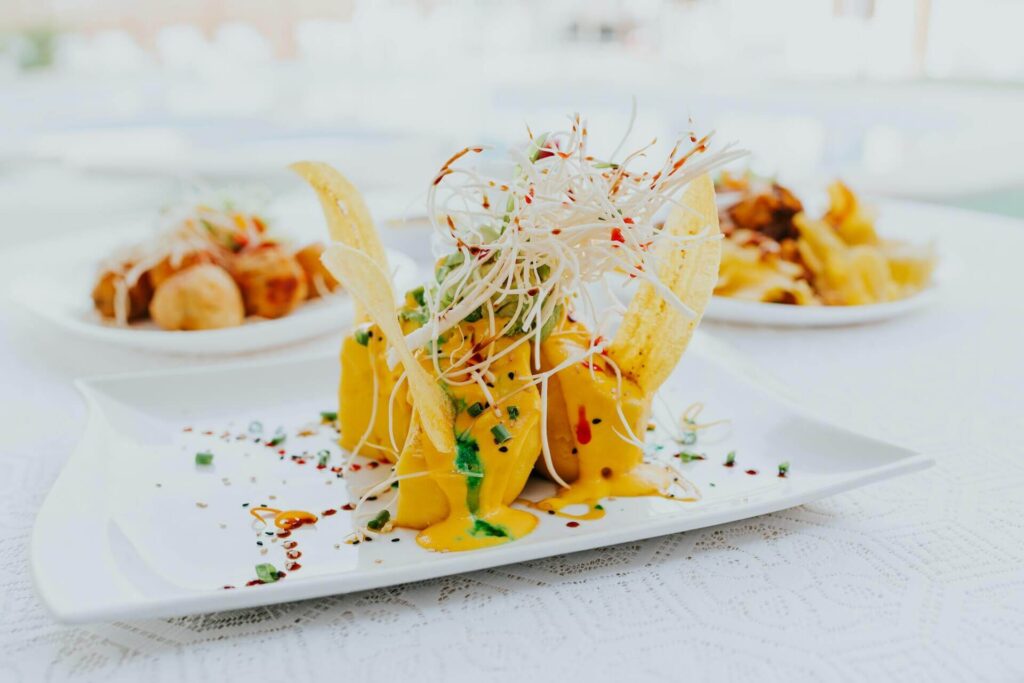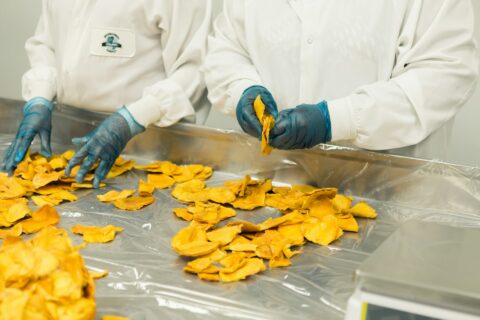The Spice Route conjures images of ancient caravans, bustling bazaars, and the tantalizing aromas of culinary delights that have shaped our world.
From the far-flung regions of India and Southeast Asia to the shores of Europe and the Americas, spices have not only seasoned our food but also flavored our history, shaping empires and economies.
This comprehensive exploration of the Spice Route is a tapestry of tales that promise to pique the interest of foodies, history buffs, and travel enthusiasts alike.
The Spice Route Unwrapped
The Spice Route, or Maritime Silk Road, was a web of sea and land routes linking the East and West, carrying not only spices but also other precious commodities along with cultures and ideas.
Imagine a time when fleets of towering vessels, laden with goods and dreams, charted the unknown waters to satisfy the insatiable Western craving for the exotic.
The Spice Route was more than a conduit for commerce. It was the original global network, connecting people and places, past, and present.
Spice Islands and Exotic Flavors
The story of spices begins with a handful of sought-after treasures that captured the Western imagination.
From the intoxicating fragrance of cinnamon from Sri Lanka to the precious saffron threads of Persia and the ‘black gold’ of pepper from the Malabar coast, spices were more than just flavor enhancers – they were status symbols and medicine.
Each spice had a tale – of myth, magic, and mystery – that traveled with it across oceans and empires.
As we traverse the rich tapestry of culinary history, it becomes evident that food and fitness have always been intertwined.
From ancient civilizations that balanced diet with physical labour to modern culinary practices that emphasize health and well-being, the evolution of what we consume parallels the importance of staying active.
Today, individuals like Kathleen Grace fitness classes that blend nutrition with exercise, reflecting the harmonious relationship between a wholesome diet and a healthy lifestyle.
By participating in these classes, not only can one improve their physical fitness, but also gain insights into how culinary choices can enhance overall health and vitality, illustrating the significance of mindful eating in our journey towards wellness.
The Renaissance and Spices: Inventing Flavor
During the Renaissance, the discovery of new lands promised new spice riches. Portugal and Spain, in a race to circumvent the then-exclusive spice trade controlled by Islamic empires, charted new sea routes.
Columbus stumbled on the Americas, a continent rich in flavor, introducing a bewildering array of new spices to Europe and inadvertently changing the course of culinary history.
Spice Wars and Colonial Conquests
Colonial powers scrambled to control the spice trade, leading to conflicts that would shape the geopolitical landscape for centuries.
Vasco da Gama’s success in reaching India led to the Portuguese domination of the East, while the Dutch, French, and British partitioned their own spice empires. The Spice Wars were not just about cloves or nutmeg but about power, prestige, and profits.
Spices and Slavery
Sadly, the spice quest was also intertwined with the darker chapters of history, including the transatlantic slave trade.
The demand for labor to cultivate and process spices resulted in one of the vilest forms of human exploitation. Nutmeg, the spice that enriched the tiny Banda Islands, became a bitter symbol of colonial excess.
The Spice Route: A Culinary Legacy
The impact of the Spice Route on global cuisine is immeasurable. New spices and herbs transformed bland European palates, leading to radical changes in recipes and cooking techniques.
The fusion of flavors gave birth to cuisines that are now celebrated worldwide – from the feisty curries of India and the fiery sambals of Indonesia to the complex mole sauces of Mexico.
Culinary Travel: Following the Spice Trail Today
Modern-day travelers can follow the remnants of the ancient Spice Route, exploring the origins of their favorite flavors. Food tourism offers a chance to not only taste authentic dishes but also to appreciate the cultural contexts in which they are prepared and enjoyed.
A culinary tour can take one through winding alleys filled with the scent of garam masala in Mumbai, the spice markets of Marrakech, and the vibrant street food of Bangkok.
Spices in Modern Life: Beyond the Kitchen
Spices play a crucial role in modern life beyond mere culinary delight. They are present in perfumes, cosmetics, and even in medicines, echoing their historical significance as commodities of great worth and versatility.
Turmeric, for instance, has found itself under the scientific microscope for its potential health benefits, much as it would have been a thousand years ago in the courts of the Rajas.
Savoring the Spice Route in Literature and Cinema
The allure of the Spice Route is not just an evocative element of our senses but also a compelling theme in literature and cinema. From the pages of Shakespeare to the screens of Hollywood, the spice trade has been a rich source of storytelling.
Novels like ‘The Far Pavilions’ and movies such as ‘The Jewel of the Nile’ have brought the romanticism of the Spice Route to life.
The Future of Spices and the Spice Route
In our interconnected world, the legacy of the Spice Route endures. Globalization and technology have democratized access to spices, bringing once-cherished luxuries to the average kitchen.
However, the quest for authentic flavors continues, alongside concerns for sustainability, fair trade, and the preservation of traditional practices.
Spice Up Your Life: A Taste of the Spice Route
For those inspired to taste the Spice Route, there’s no need to set sail on a tall ship or brave the perils of ancient trade routes. A visit to a local spice merchant or a virtual cooking class can open up a world of flavors.
Whether you blend your masalas, simmer a spiced tagine, or whip up a spicy jambalaya, the spirit of adventure awaits in your kitchen.
The Spice Route is a saga of human ingenuity, enterprise, and curiosity. It has connected us through time and across continents, reminding us that the history of food is as intricate and far-reaching as the human story itself.
In an age of fast food and instant gratification, the Spice Route encourages us to slow down, savor the moment, and appreciate the complex and delicious tapestry of flavors that we all share.









